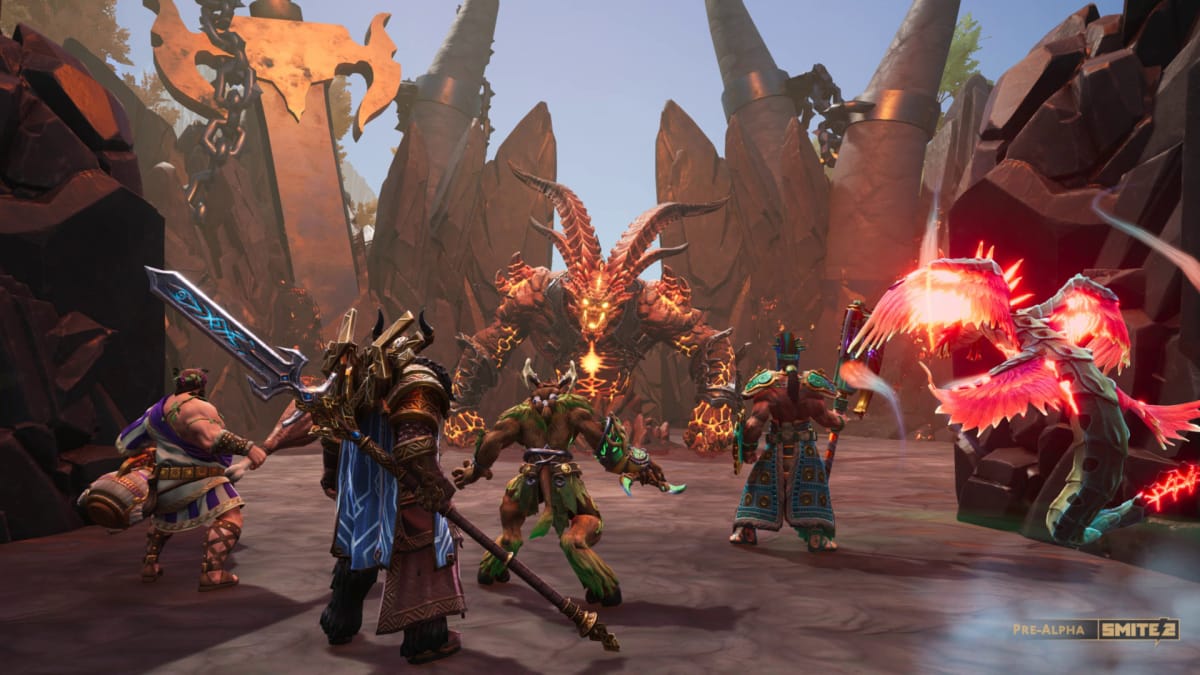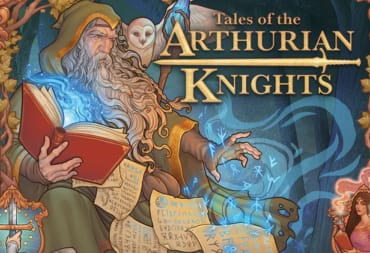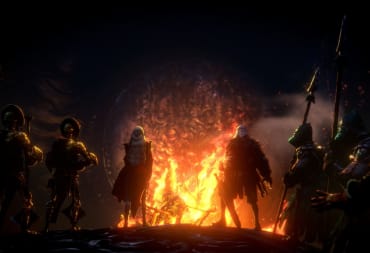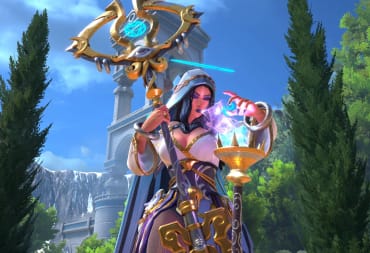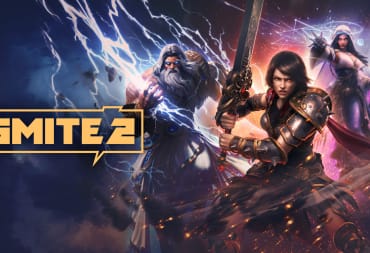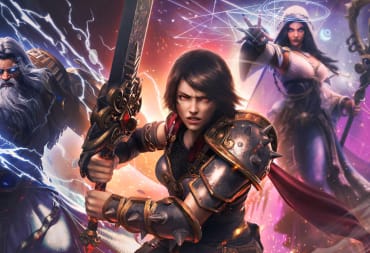Hot off the heels of the announcement of Smite 2, there’s been a lot to unpack for both fans and the developers alike. This past weekend played host to the annual world championships for the original Smite, and it was during this event that we saw our first look at the upcoming sequel.
As it is a full-fledged sequel, Smite 2 promises to refresh both the series and the MOBA genre when it launches in the future for PC, PlayStation 5, and Xbox Series. Following the announcement, we had a chance to sit down with key development staff to discuss their new vision and what sort of impact Smite 2’s announcement will have going forward.
To say the announcement itself was an emotional moment is an understatement. The joy of the announcement also brought tears both on and off stage, but also a sense of “it’s time to get back to work,” said Travis Brown, General Manager and Creative Director.
What This Sequel Means for Smite
Right from the jump, there was a curiosity of why develop a sequel rather than simply update the original Smite. "We thought, ‘What’s the best way to create the Smite that our players really want that they’ve been asking for, that we know we could achieve if we had the tools to do it,” said Executive Producer Alex Cantatore. “The only way we can do it is if we move to the newest version of Unreal [Engine] and take advantage of all the tools that it has. So I think that was kind of the main reason why we didn’t decide to do an update.”
Even with the negatives to that approach, it’s the positives that outweigh the negatives in this effort to make the version of Smite they always wanted. Not only that, but moving to the new engine helps the team shore up a stronger foundation for the future as well.
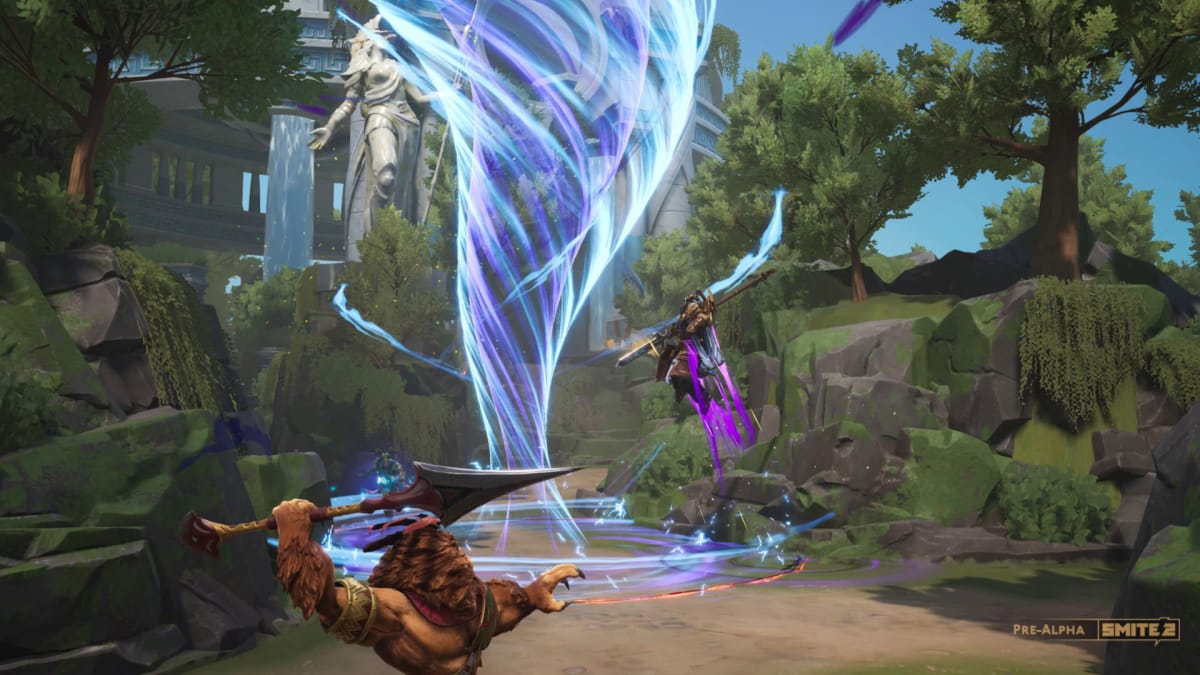
“By building in Unreal Engine 5, it’s like we’re kind of able to reset our foundation to a more stable starting point,” explained Brown. “That was really it, and obviously the graphical and the lighting upgrades is a huge bonus for us.”
With Smite 2’s status as a true sequel in place, it’s then no wonder that there will be a wealth of unique problems now solved for the development team. Unreal Engine 3, being as dated as it is, created a number of limitations for the original Smite.
“Shields did not stack in Smite 1 at all,” said Design Director Daniel Cooper. Trying to fix that issue just wasn’t feasible to the point. “We have a whole list of small things that have bothered us for years, and now we actually want to go, 'OK, how do we make these shields stack like we want them to,' and add new functionality for us to play with in the future, like how shields could potentially mitigate different types of damage.”
That Smite 2 exists, however, doesn’t mean that support for the original Smite is just going to up and disappear. So just how long can fans expect to see support for the game that’s been around for over 10 years now?
“Generally speaking, when running a live-service game, there’s always a new update that you have to be thinking about,” said Brown. “So the way our planning process works at Titan Forge is we have a pretty clear vision of where we want to be six months from now, and then eventually for the months after that. I think we’ll continue to evolve and plan for where it goes based on what the community tells us where they will be playing.”
And where they are indeed playing is still on consoles such as PlayStation 4 and Xbox One. Those fans might not have the money to upgrade, and the team does want to make sure they can keep playing some form of Smite. This also applies to the certain god characters people love that might not be available in Smite 2 right away.
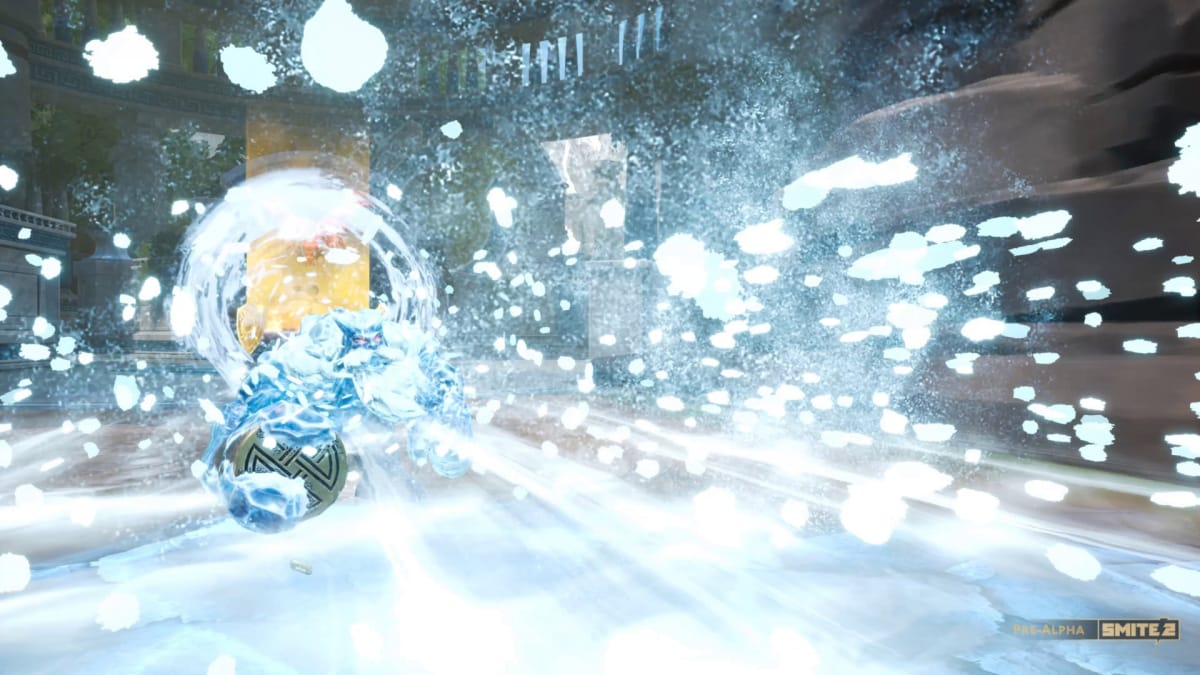
The Challenges of Swapping to Unreal Engine 5
It’s a testament to Smite’s success that its had such longevity since its launch in 2014. Much of this is owed to its core combat feeling good to play, that being in the thick of combat is something bolstered by its third-person perspective and the way the abilities work.
“There’s just something magical out there and we’ve talked multiple times while we were making Smite to make sure we don’t miss that magic, and if we play with the formula too much we might forget something that is really integral,” explained Cooper. “If we’re going to break the mold, we have to have very good reasons for it, and we actually playtest to improve and show that we’re doing strict improvements over what we had in mind.”
Those philosophies will be further tested with the use of Unreal Engine 5, which garnered quite the reaction from the crowd upon its reveal. Getting used to the engine, however, isn’t without its own challenges.
“Really building out our toolkit is probably the biggest thing,” continued Cooper. “Every single panel on the engine is someone’s full-time job, and a foundational level can do an incredible amount of things. But out of the box, it isn’t super designer friendly, so we had to work and prototype out things and see how we wanted to use them.”
Building that out is looking like their biggest challenge – especially in a way that is going to be sustainable for 10 more years. Brown added, “The other important thing that is really important for a competitive game is making sure that the performance stays strong. It’s really easy to turn on every bell and whistle with UE5 and then see the framerate drop to 10, so we’ve been very careful about which features are enabled by default and what things we're taking advantage of.
"We want to make sure we have 10 gods fighting in an area with all these minions and environmental effects while still maintaining the performance and integrity you’re looking for in a competitive multiplayer game.”
It's not just beneficial on the performance side for Smite 2, however. Design and artistic challenges are something the team has had to evaluate as well.
“One of the more challenging things his how we had to evaluate our effects in UE3 and what we want to take advantage of in UE5,” added Cantatore. “With the Niagara system, it made it so we had to rebuild the effects for every character, which is a daunting task. But the more we use those new effects systems, we’re creating more tools that the effects artists can now use to create even better particle systems and better effects going forward.”
It's considerable, because the original Smite was built on 10-year-old tools, so having to restart and reimagine some of the effects while staying true to what people saw in Smite is key.
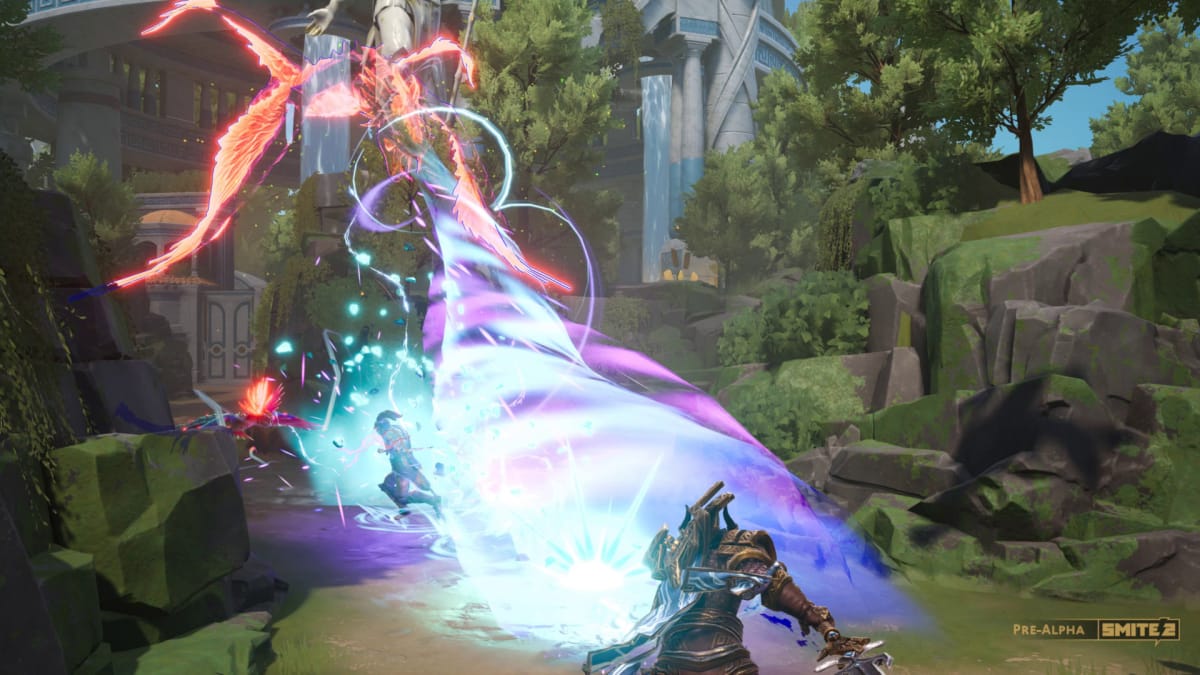
'The Soulslike of Multiplayer Games'
Keeping that “Smite feel” is equally important when it comes to introducing new mechanics and concepts in Smite 2. There’s a bit of a balance to be had, one which can be seen in the way characters are being ported over to the sequel and ensuring they retain their identity.
“Ymir is a good example, he was the first character we had, and you could fight other people and feel like Ymir, but something was kind of missing because he didn’t have Blink,” said Cooper. “And that’s a pretty standard staple for Ymir because you want to Blink on top of someone and freeze them in place. So we were able to look at it and give him a tool that would help him succeed in the role they should really be playing at.”
Of course, quality-of-life improvements and improvements to core mechanics are things players can look forward to in Smite 2. But how will that impact new players going forward? Smite 2, as mentioned before, is heading to the current generation of consoles, so there’s a lot of potential to expand the existing player base, but there is that possibility they may be overwhelmed with the world that is Smite.
“At its heart, Smite is a difficult game,” said Brown. “It’s a competitive game that’s going to always appeal more to mid and hardcore kind of players, right? So we understand that but we’re embracing it and realizing that, despite it being a hard game, it doesn’t need to be as hard as we’ve made it. [Smite] is kind of like the Soulslike of multiplayer games – you’re gonna die, you’re gonna lose. But every time you die, you learn something and you feel a little better and you get better. It becomes so rewarding once you’ve mastered the combat and understand the depth that’s there.
“And the other thing is there is a base level of knowledge you need to learn. In Smite there’s 130 gods, and each one has four core abilities and a passive – so there’s 600 things that can be done to your character that you kind of need to know. We think it’s important that we start with a smaller, more manageable roster so that new players don’t have to learn those 130 gods.”
That plus some of the system cleanup, including items, are just a few things Smite 2 will be changing to become more accessible.
“You have your items slots, and those could be entirely passive," said Cooper. "They don’t have to have active component, so if you want to play and just focus on your character, you don’t have to worry about it. But if you do want to push it, if you want to have a whole bunch of keybinds, you can opt into that, and our goal is to have that balance with those two approaches being equally viable.”
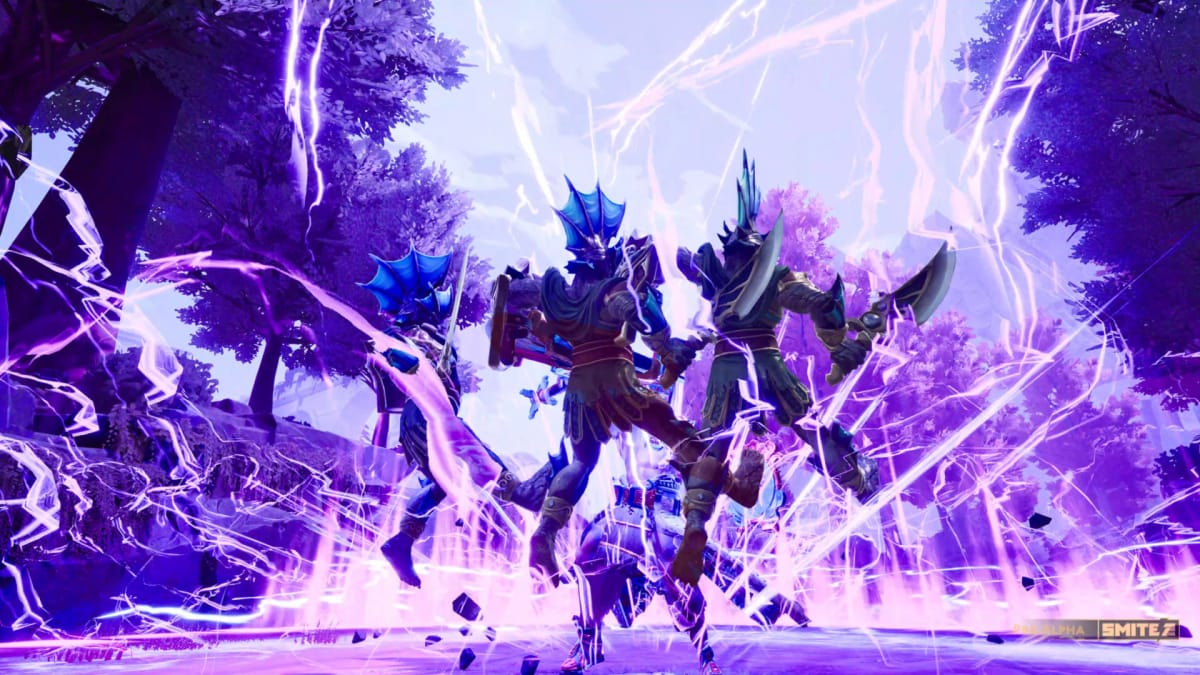
In the original Smite, these items were all passive no matter what, but there were relic slots that could be customized. So you actually had at the start of a game, characters could just suddenly Blink on you and freeze you, which added a whole bunch of complexity and intensity at the very start of the game.
That said, development on the sequel isn’t something that just started up.
“We started maybe with five people about 12 months ago,” said Brown. “We turned around an initial prototype of Smite in UE5 in about four weeks, and from there we kind of grew the team throughout the year.”
Twelve months on, Smite 2 is now preparing for its first round of alpha testing – that means getting into the hands of players.
“We have maybe 20 actively playable gods right now,” confirmed Cantatore. “I’m looking forward to the alpha and just expanding the number of people exposed to the game. I’m excited for more feedback, and I want some negatives too. What should we change? What should we work on? I want some real, hard-hitting analysis.”
The first alpha for Smite 2 is shaping up to be one weekend this spring. Then the next will likely be a month later in order to address player feedback. The team plans on doing this until they get to the point where the feedback is enough that they know it’s time to go 24/7 and take the next step. With everything shown so far, it’s clear Smite 2 is shaping up to be that game they wanted to make and much more.
TechRaptor was invited to an event to preview Smite 2 by the publisher.
Have a tip, or want to point out something we missed? Leave a Comment or e-mail us at tips@techraptor.net
